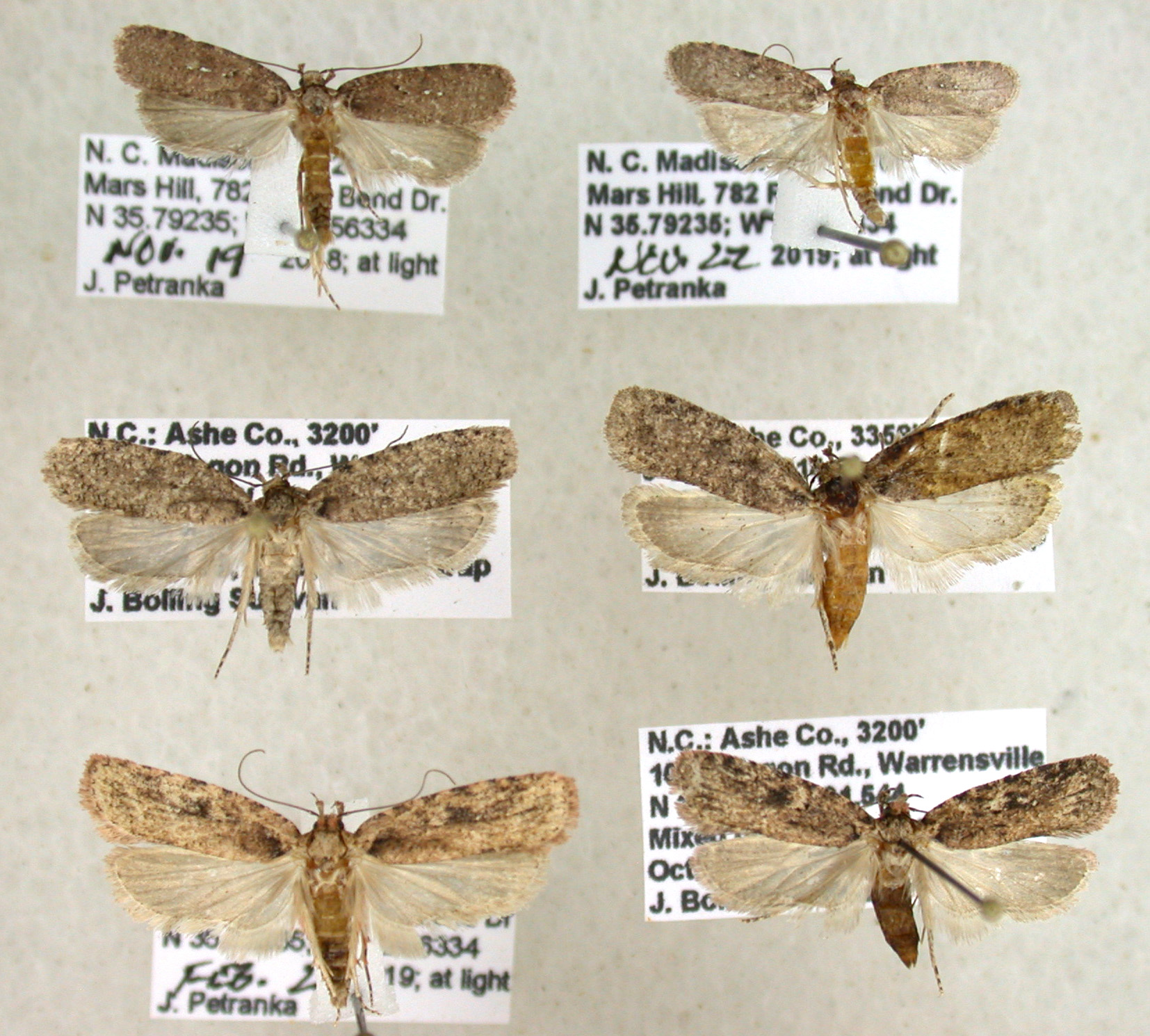
| Recorded by: Merrill Lynch on 2025-09-20
Watauga Co.
Comment: | 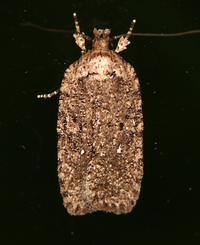
| Recorded by: Jim Petranka on 2025-03-29
Madison Co.
Comment: |
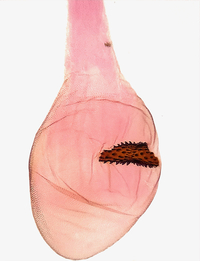
| Recorded by: Jim Petranka on 2025-03-29
Madison Co.
Comment: Signum in bursa. | 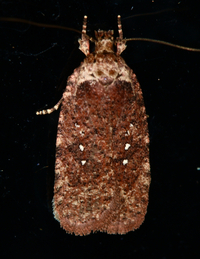
| Recorded by: Jim Petranka on 2025-03-13
Madison Co.
Comment: |
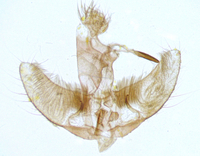
| Recorded by: Jim Petranka on 2025-02-04
Madison Co.
Comment: Genitalia of worn specimen from 2025-02-04. | 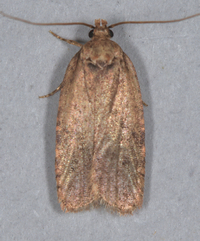
| Recorded by: Jim Petranka on 2025-02-04
Madison Co.
Comment: Worn specimen (id from genitalia). |

| Recorded by: Jim Petranka on 2023-04-11
Madison Co.
Comment: | 
| Recorded by: Jim Petranka on 2023-04-04
Madison Co.
Comment: |
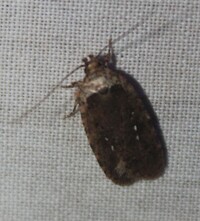
| Recorded by: Vin Stanton on 2023-03-16
Buncombe Co.
Comment: | 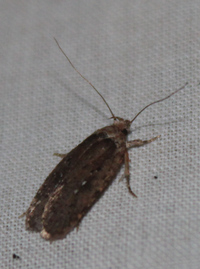
| Recorded by: Vin Stanton on 2023-03-16
Buncombe Co.
Comment: |
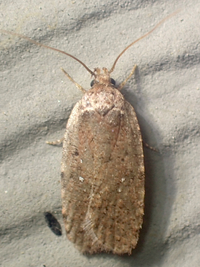
| Recorded by: tom ward on 2022-03-21
Buncombe Co.
Comment: | 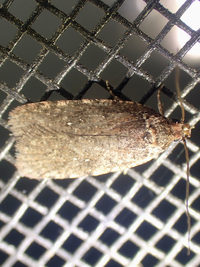
| Recorded by: tom ward on 2022-03-06
Buncombe Co.
Comment: |

| Recorded by: Jim Petranka on 2022-03-06
Madison Co.
Comment: | 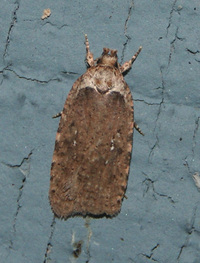
| Recorded by: Vin Stanton on 2021-03-11
Buncombe Co.
Comment: |

| Recorded by: Jim Petranka on 2021-02-10
Madison Co.
Comment: | 
| Recorded by: Jim Petranka on 2020-11-26
Madison Co.
Comment: |
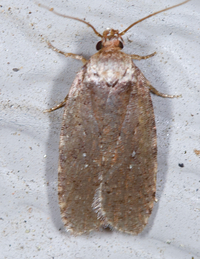
| Recorded by: JIm Petranka on 2020-11-20
Madison Co.
Comment: | 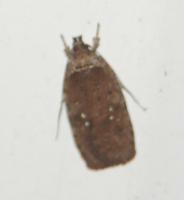
| Recorded by: Vin Stanton on 2020-07-02
Buncombe Co.
Comment: |
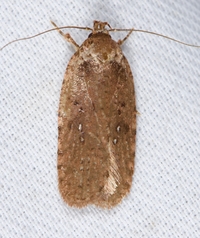
| Recorded by: Jim Petranka and Becky Elkin on 2020-03-28
Madison Co.
Comment: | 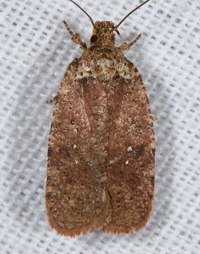
| Recorded by: Jim Petranka and Becky Elkin on 2020-03-12
Madison Co.
Comment: |
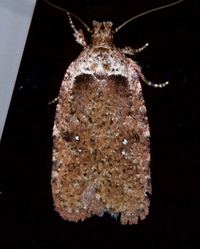
| Recorded by: Jim Petranka and Becky Elkin on 2020-03-09
Madison Co.
Comment: | 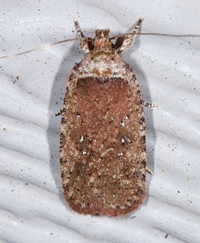
| Recorded by: Jim Petranka and Becky Elkin on 2020-03-03
Madison Co.
Comment: |
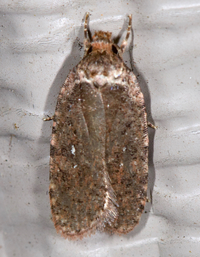
| Recorded by: Jim Petranka and Becky Elkin on 2020-02-25
Madison Co.
Comment: | 
| Recorded by: Jim Petranka and Becky Elkin on 2020-02-11
Madison Co.
Comment: |
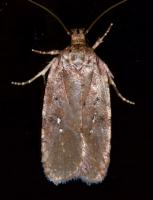
| Recorded by: Jim Petranka and Becky Elkin on 2020-02-03
Madison Co.
Comment: | 
| Recorded by: Jim Petranka and Becky Elkin on 2019-12-28
Madison Co.
Comment: |
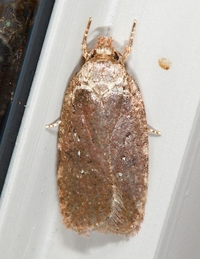
| Recorded by: Jim Petranka and Becky Elkin on 2019-12-09
Madison Co.
Comment: | 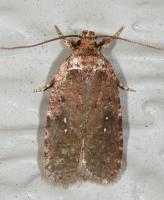
| Recorded by: on 2019-11-22
Madison Co.
Comment: |

| Recorded by: Jim Petranka and Becky Elkin on 2018-12-22
Madison Co.
Comment: | 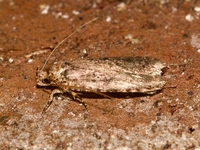
| Recorded by: Jim Petranka and Becky Elkin on 2018-12-22
Madison Co.
Comment: |
|

 »
»